@SocraDeez @StupendousMan @sidewinder22
Wow, WTF.
Two things:
1. Let's talk about booty presets, loads, and unloads in dynamic transition
2. Let's revisit glute medius vs. maximus loading and phases
The preset booty in all its glory in Edwards. Notice the sharp transition in the booty as his leg lands and body passes over it, then notice the reflexive "kick in" rebound effect in transition. Watch that buttcheck POP. This is the "same" as what SocraDeez once had me stare at with high-level cricketeer.
The "same" booty pop and rebound:
What I think eluded me and others is that once you take that "same" mechanic more lateral, it is kind of hidden depending on your visual frame of freference. This is the "same" action in Wiggins:
It's sneakier in some players and postures than others, but it's there. At first they look different than Big Wigg, then suddenly they look mechanically the "same" to my in transition, complete with Booty Pop:
If you take the posture from a triple jump and make it a pro level X-step, you understand the importance of posture coming into the move, the booty pop and the action of the trailing leg into follow through.
2.
@StupendousMan Glute max vs. Medius - check my work.
I suddenly thought to follow up - I think in general you tend to see a progression on the rear side in good posture from a gluteus maximus load , a transition through glute medius as the "lateral" pat of the shift completes, and then a gradual opposite phase from glute medius on the plant side to the glutes medius as the plant is briefly bearing the full impact force. I find looking at butt-on views helpful here. Even though mine is somewhat gimped, I definitely notice that "swinging the battering ram" posture or Double Dragon help train this action (Hershyzer too). Even with some issues on my rear side physically*, I can apparently achieve some version of a "booty pop" that has a phase of peak gluteal load. My best guess is that it is kind of like a mirror image of the plant side - the peak gluteus maximus load on the rear side is probably exactly when the rear side is transitioning through the highest weight portion of the move, and the posture ideally determines the after-image of the move. I do think there is variation across pros - Simon, McBeth, and Eagle have very clear "Battering Ram" posture in transition most of the time. Someone like Gossage looks a bit different to me and maybe the phases and peak load sequence differs with his posture and rhythm, but he still goes through all the "main beats" of this sequence.
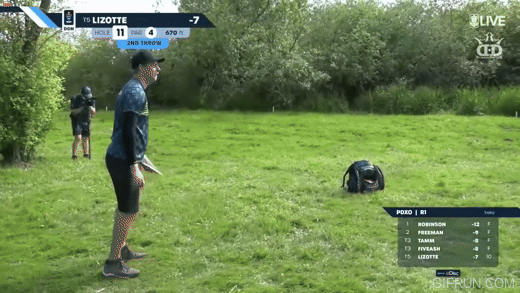
Bonus: compare Sexton and McBeth's transition moves. Sexton gets a bit of the "booty pop/boost." But his posture traps him partly behind his X-step in transition. Compare Paul's superior "battering ram" posture in transition and the resulting "booty pop:"
*Another anecdote alert: (if you're lurking this and trying to improve your own form, PLEASE be careful. I probably would have ruined something with this move without a ton of prerequisite work w/ Sidewinder).
I've been messing a bit with trying to get more "athletic" in transition trying to figure out how to help SW get me through my weird leg issues (which is a real gait impairment in my "Figure 8" on the rear side and always forces my rear knee "out and away" from my body unnaturally, including when I walk). I'm gradually realizing it needs to function more like I described above (unwittingly but inconsistently including the "booty pop" despite SocraDeez's previous efforts), I definitely notice that when I'm getting better "sweet spot" moves with higher peak power at low effort that my glutes are putting in some work on both sides. My guess is the peak force is likely higher on the plant side but I'm curious how that plays out because clearly the rear leg is doing it's own version of efficient work (ideally).
I'm going to ask sidewinder to forgive the posture errors this one time - this is one way a big, slow, aging, and slightly busted man can find a bit of his "booty pop." Pitter patter around like
Eli Manning or
KJUSA before the move, get a little more "athletic" in transition, and let that booty load, pop, and release in transition.
In that particular throw I was focusing also specifically on "get athletic and
swing through my center" (many instructors never really think about this and unfortunately I think has deep implications for their teaching). Notice how low and tight my "power pocket" is up there and look at the classic Wiggins gif:
... and in the finish suddenly we see this despite the blemishes in my move. Notice the differences in the trailing leg and how "on the toes" Wiggins is, which are issues very well known to me at this point in my own form (and why I work on my own leg conditioning much more deliberately now). He's still Big Wigg and has a top tier transition move and is getting the Edwards and Gazelle effect - I'll never move that well so I'll just adopt what I can. But what I find interesting is that just getting a little more postured and athletic with th "smash through the center" thought evoked the "booty pop" and made this happen automatically when I landed in the plant. This is the
"force bow" of posture. F@#%ing fascinating:

So nice it's worth posting twice:



 www.dgcoursereview.com
www.dgcoursereview.com
www.dgcoursereview.com
 www.dgcoursereview.com
www.dgcoursereview.com

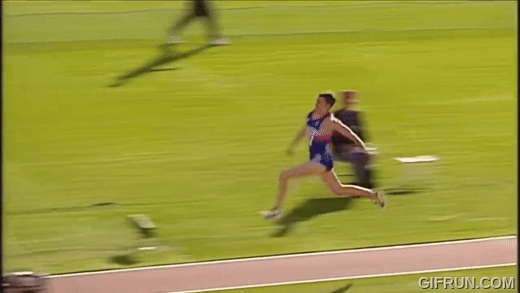


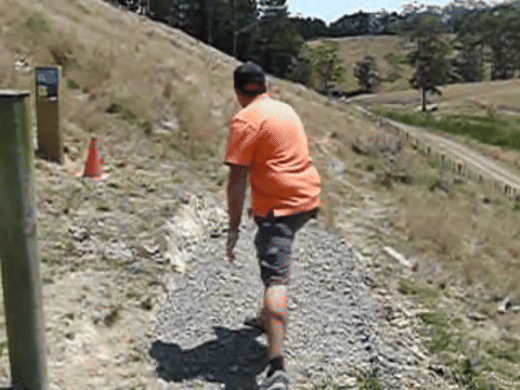
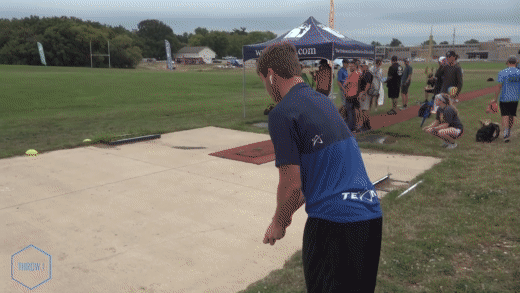
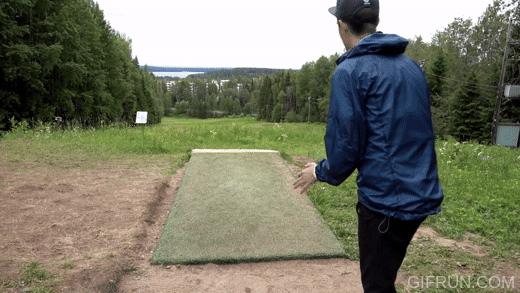
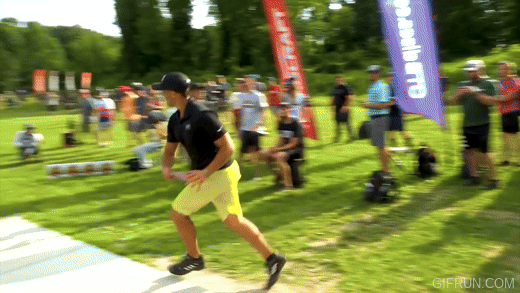


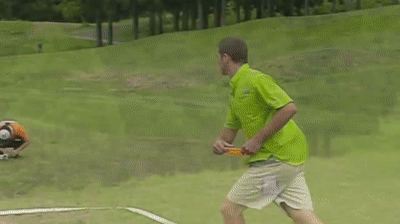



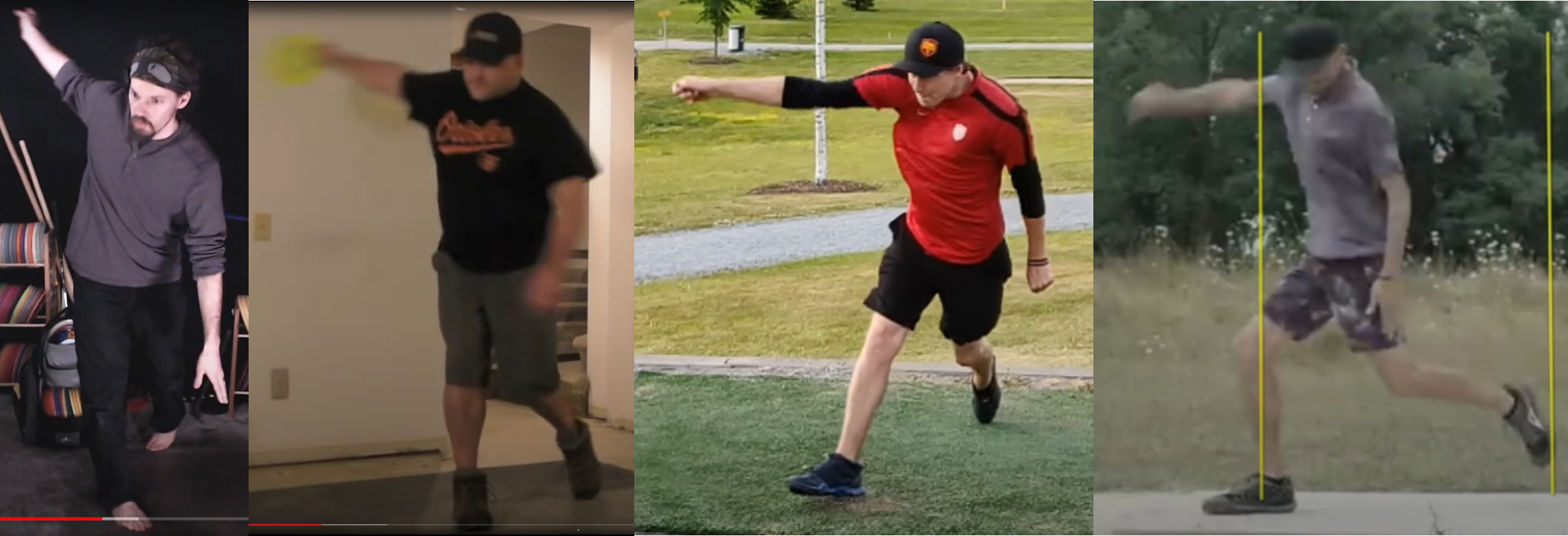
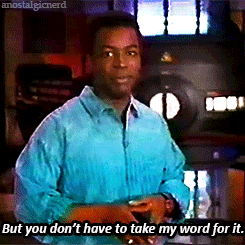


. I mean, I throw that odd 500' or so (given the right disc and a little tailwind and 360 run-up, I could even hit 600') but I would never tell anyone to copy what I do, but what I say. Right? That's what separates coaches from, say, world records holders and multiple time Major champions.



